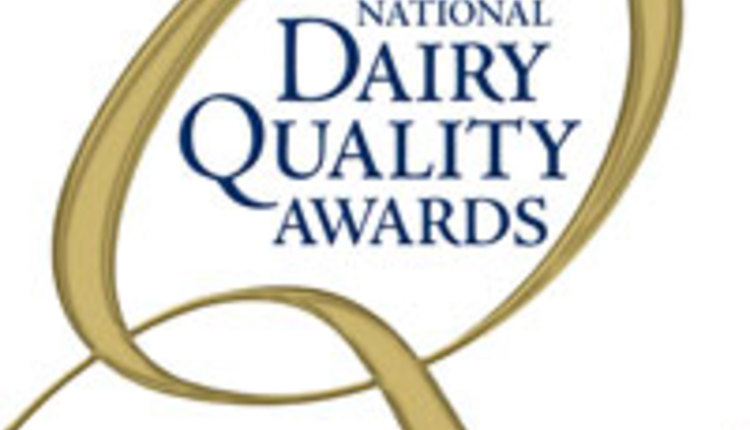
Most subclinical mastitis infections are caused by Gram-positive bacteria. In fact, a recent study conducted on six dairy farms in four states shows fewer than 5 percent of all mastitis pathogens at dry-off were Gram-negative.1
“Since we know our target pathogens at dry-off are Gram-positive bacteria, it’s recommended to choose a narrow spectrum antibiotic that will not have implications in the development of antibiotic resistance,” said Dr. Linda Tikofsky, professional services veterinarian with Boehringer Ingelheim (BI).
Consider the difference between a first-generation cephalosporin and a third-generation cephalosporin. Third-generation cephalosporins treat some Gram-negative pathogens that aren’t the primary target in dry-cow therapy and are used in human medicine. Third-generation cephalosporins have efficacy against Gram-negative bacteria but may give up some efficacy against Gram-positive pathogens, such as Staphylococcus aureus and environmental staphylococci. Third-generation cephalosporins are also considered "medically important" in human medicine.
“A first-generation cephalosporin, like ToMORROW®, provides narrow spectrum antibiotic therapy for the target Gram-positive pathogens and there’s no correlation to use in human medicine,” said Dr. Tikofsky. “Antibiotic use in agriculture has not been proven to have any impact on human antibiotic resistance, but it's good stewardship to use the most targeted spectrum tube available.”
Keeping judicious use in mind, producers are considering selective dry cow therapy rather than treating every quarter of every cow.
“A selective dry cow therapy program only treats specific quarters of certain cows with an antibiotic, while all quarters continue to receive a non-antibiotic internal teat sealant,” said Dr. Pamela Ruegg, professor, University of Wisconsin-Madison.
It’s important to look at several key factors to determine if it’s an option for your herd:
- Have you done a good job of controlling subclinical mastitis?
- What’s the herd somatic cell count (SCC)?
- Do you have individual SCC records for each cow by month?
- Does your dry-off crew have excellent hygienic administration standards for internal teat sealants?
“Selective dry cow therapy isn’t right for every herd; it requires a high level of management,” said Dr. Ruegg. “If you can meet the criteria, it has the potential to target and reduce the use of antibiotics on-farm.”

1Arruda AG, Godden S, Rapnicki P, et al. Randomized non-inferiority clinical trial evaluating three commercial dry cow mastitis preparations: I. Quarter-level outcomes. J Dairy Sci 2013;96(7):4419–4435.

